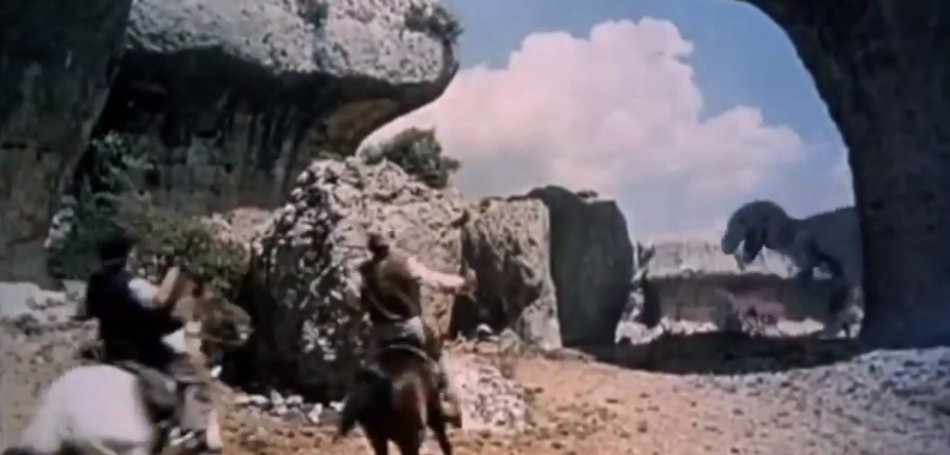
- publicado 16.11.2023
- por Cuenqueando
- escenarios cinematograficoscineCiudad Encantada
5 Movie sets in the province of Cuenca
Discover the cinematic magic in the province of Cuenca! If you are a lover of cinema and picturesque destinations, the province of Cuenca will surprise you with its dreamlike landscapes that have captivated great film directors from all over the world. Immerse yourself in a unique experience as we explore the most cinematic places in Cuenca.
1. Enchanted City: A fantasy setting
With its unique rock formations, the Enchanted City has been the backdrop for major film productions. Its imposing stones sculpted by nature provide a magical atmosphere that has been captured numerous times on the big screen. From fantasy scenes to historical films, this place has become a natural setting for telling unforgettable stories.
We start with a classic for special effects lovers: "Gwangi Valley" (1969). This kind of western that doesn't even mind dinosaurs, was filmed in Cuenca. Not only did the dinosaurs roam freely through the Enchanted City, but they also entered the Cuenca Cathedral itself. If you haven't seen it, we recommend it, especially if you love stop motion special effects. This technique consists of recording still images, which, when reproduced at speed, give a sensation of movement. Ray Harryhausen was responsible for the special effects of Gwangi, and of great hits such as The Big Gorilla (Oscar for best visual effects), Jason and the Argonauts and Clash of the Titans.
Foto universodecienciaficcion.blogspot.com/
But if we talk about greats we cannot forget "Conan, the Barbarian" (1982). In those years, Hollywood entered the wake of adventure and science fiction cinema after the great success of Star Wars. Conan was perfect for transferring a comic to film, to make it possible John Milius and Oliver Stone were hired, who wrote the script for the film. Filming took place entirely in Spain, with most of the crew being Spanish. Let's not forget a little Jorge Sanz playing Conan as a child, after a casting in which 400 children participated, he was chosen because of how photogenic he was. This was not the debut of the Spanish actor, who had already debuted at just nine years old in La Miel, by Pedro Masó. But if there is one figure who achieved stardom with this film, it was Arnold Schwarzenegger. His physique, which had made him a 7-time winner of the Mr. Olympia contest, made him perfect for this role, not in vain did he have to lift Conan's sword that weighed 20 kilos. For the movie, two swords worth 10,000 dollars each were forged, almost nothing if we think that the filming had a budget of almost 19 million dollars from those of the 80s.
Foto por Universal Pictures
2. Cuenca: World Heritage Site on the big screen
The city of Cuenca, declared a World Heritage Site, has been chosen by filmmakers to set films that highlight its medieval architecture and cobbled alleys. From the cinema of the 60s we remember titles such as "La dinamita esta servida" (1968), directed by Fernando Merino, a Spanish-style "Bonnie & Clyde", starring the incomparable Tony Leblanc and Alfredo Landa. One of Carlos Saura's great films was also filmed, "Peppermint Frappé" (1967), starring José Luis López Vázquez and Geraldine Chaplin.
Foto por wikipedia.org/w/index.php?curid=25657738
3. Uclés: history of cinema
This Cuenca town has received praise from many filmmakers for its location, its authenticity and its monumental monastery. And it is this place that has garnered the most attention. Let us remember "The Four Musketeers" (1974) by Richard Lester, it was the first foreign film to be filmed in Uclés. Among the famous faces that could be seen there were Oliver Reed, Raquel Wech, Richard Chamberlain, Geraldine Chaplin, Charlton Heston and the great Christopher Lee. Another of the great shoots years later would be that of "Captain Alatriste." It was a logistical challenge, on the one hand, to recreate Golden Age Spain with the required authenticity, and on the other, to manage the complexity of filming epic battle scenes. This involved meticulous coordination to move the production team, actors and all technical equipment to different locations, ensuring that each set conveyed the desired historical atmosphere. It starred Viggo Mortensen who left many anecdotes and friendships in these lands.
Foto por Geocities
4. Belmonte: one of the most photogenic castles
And if in the collective imagination there is the image of the castle par excellence, that is the Belmonte Castle. One of the great Hollywood film productions was filmed in this Cuenca town: "El Cid" (1961). And it is clear that the filming of a blockbuster is quite an event, but if this takes place in a town with less than 2,000 inhabitants, imagine the commotion. Neighbors say that those who were most and least had someone from the film crew living in their house, or became an actor overnight, since the filming required 5,000 extras, and they also paid 110 pesetas.
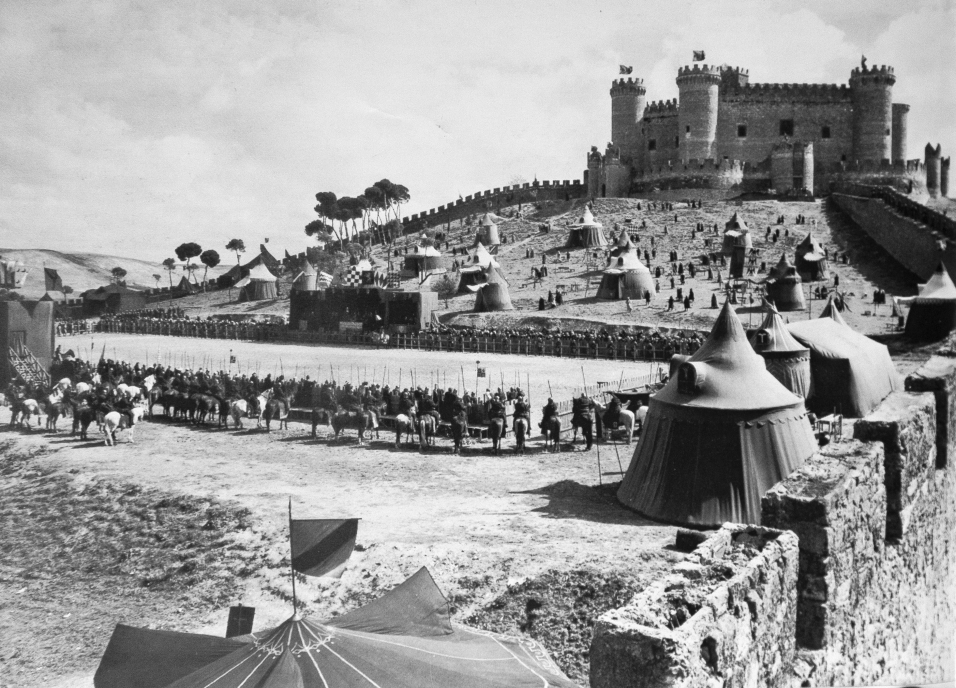 Foto por Castillo de Belmonte
Foto por Castillo de Belmonte
5. Tresjuncos and Osa de la Vega: a crime has been written
And of course we couldn't forget "The Crime of Cuenca" (1979), the controversial film by Pilar Miró. A story worthy of perpetuation in the annals of cinema. For those who do not remember this macabre plot based on real events, we give you a short summary: the hardships suffered by two residents of Tresjuncos accused of murdering a neighbor, José María Grimaldos López, a young shepherd also from Tresjuncos and nicknamed El Cepa, are told. who were imprisoned and tortured until both confessed to the crime. The fateful part of the story occurs when years later the presumed dead person appears, who was alive and well, revealing one of the most embarrassing judicial errors in the history of Spain.
We say that it was very controversial because it was the only censored film of democracy. It was originally planned to be released in 1979, but the film was banned and its exhibition was sequestered for two years by the Military Jurisdiction. Pilar Miró was prosecuted for alleged insults to the Civil Guard. This case was one of the biggest scandals of the young Spanish democracy, let's think that it was the moment of an incipient democratic transition where the debate on the torture of members of ETA made the film especially inopportune for the representatives of the powers.
 ES
ES EN
EN PT
PT
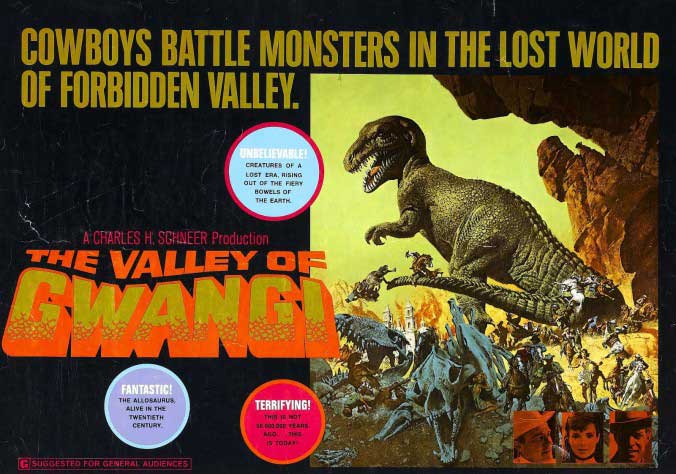
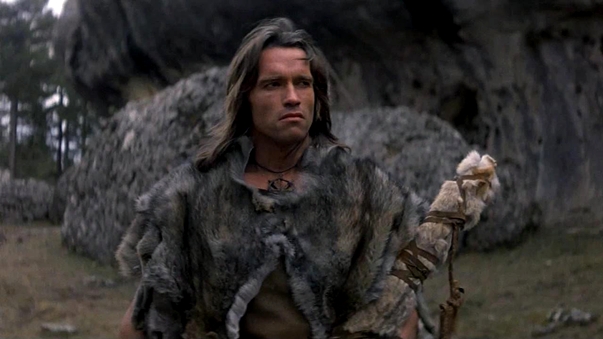
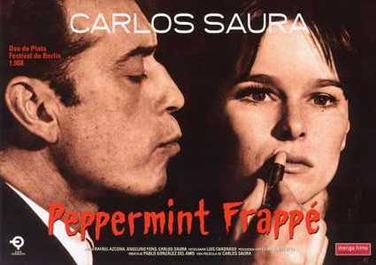
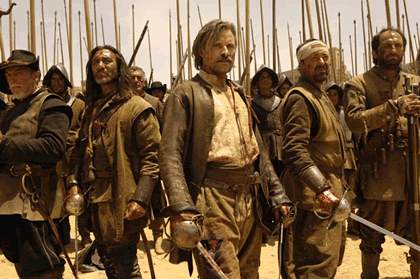
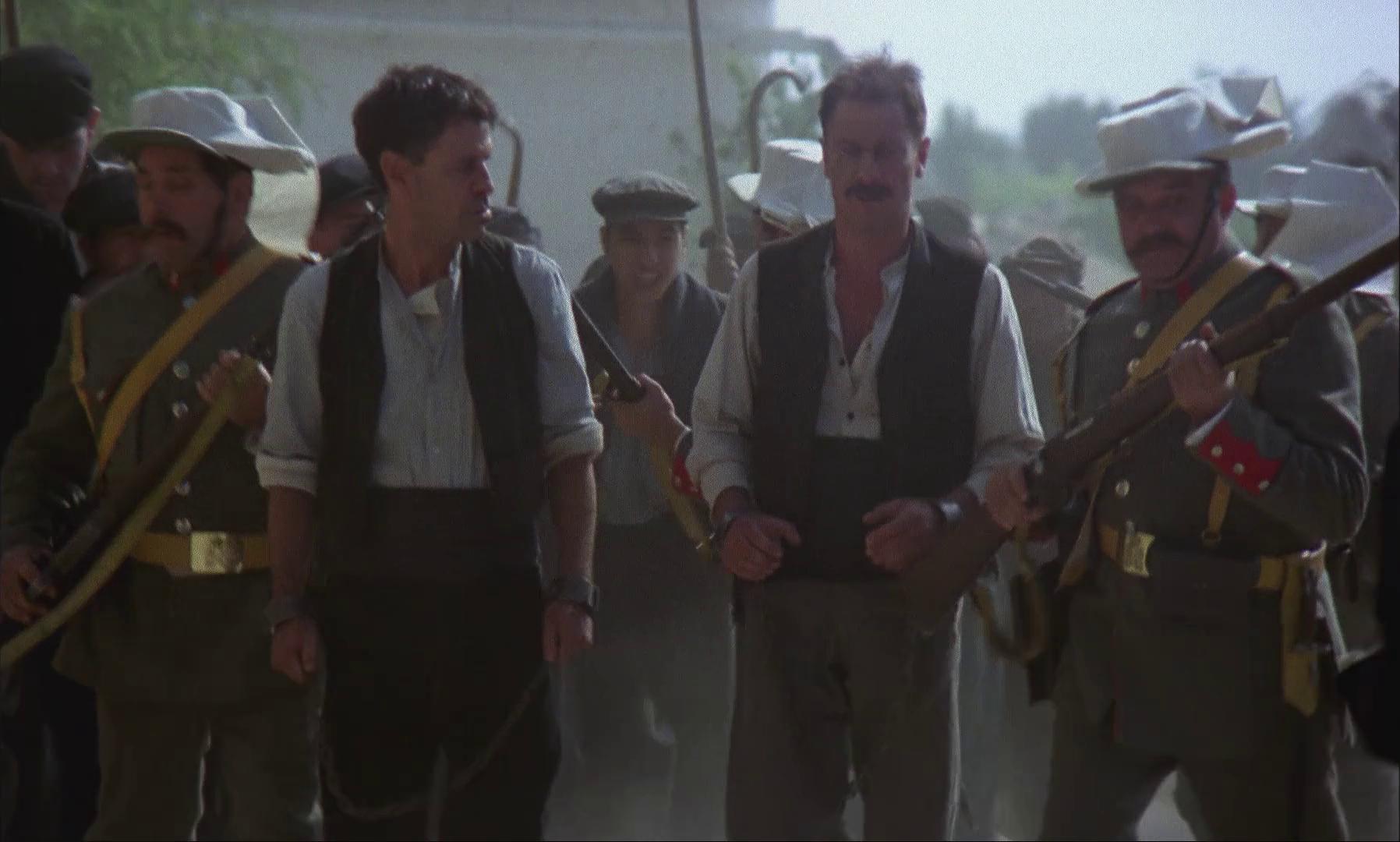 Foto por filmaffinity.com
Foto por filmaffinity.com